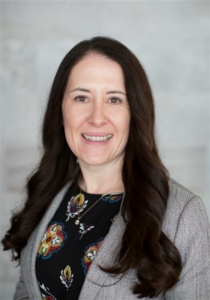January 13, 2021
3 Lessons Learned from the Explosion of Telehealth
As the COVID-19 pandemic led to stay-at-home orders across the country and a need to lessen exposure and strain on the healthcare system, healthcare organizations shut their doors to non-emergency visits. This sudden change pushed telehealth from an evolution to a revolution overnight.
While telehealth has been steadily growing in the industry over the past few years, the pandemic has pushed it to new heights, with virtual visits increasing by 4,345% in March and April alone.
In a recent article featured on Healthcare Business Today, I shared the below three takeaways from the unprecedented growth of telehealth and how it will shape the future of healthcare.
- Telehealth goes beyond virtual visits. While virtual visits are one of the most well-known aspects of telehealth, remote monitoring and patient portals, as an example, enable providers to take a proactive approach to patient care in ways that traditional health services simply cannot.
- Virtual care saves lives. Telehealth visits limit exposure to COVID-19 for patients and healthcare workers alike, but remote monitoring technology can also go a long way in treating contagious patients without risking lives.
- More work needs to be done on infrastructure. When the pandemic hit, healthcare organization had to move fast. Going forward, blending digital solutions with existing processes needs to be carefully examined to create effective, and user-friendly methods for patients to access their data and communicate with their doctors.
COVID-19 has done a lot to highlight telehealth’s potential, but it has also clarified how much more work is needed. As we move into a post COVID-19 world, organizations will need to rethink all of their processes through a digital lens.
View the full article in Healthcare Business Today.
ABOUT THE AUTHOR:

Dessiree Paoli is a senior solution manager at Interlace Health, a company that transforms workflows by providing clinicians and patients with digital healthcare solutions. She has more than 18 years of experience in driving strategic marketing initiatives and developing integrated campaigns. She also has worked in healthcare for more than 12 years, including experience with a large children’s hospital, a national urgent care chain, and several HIT organizations.
